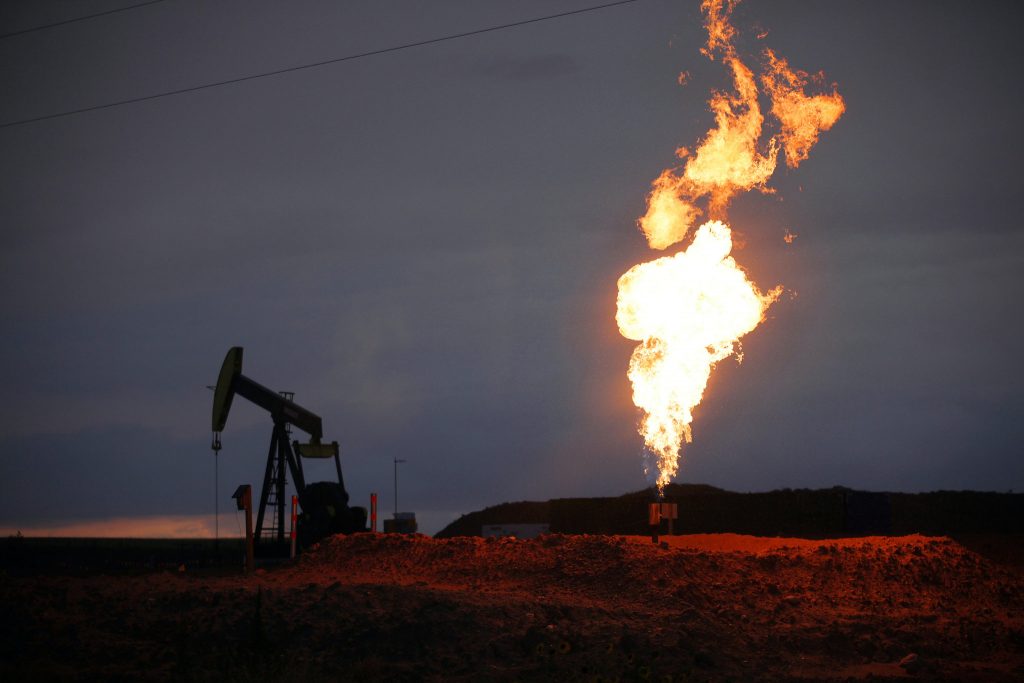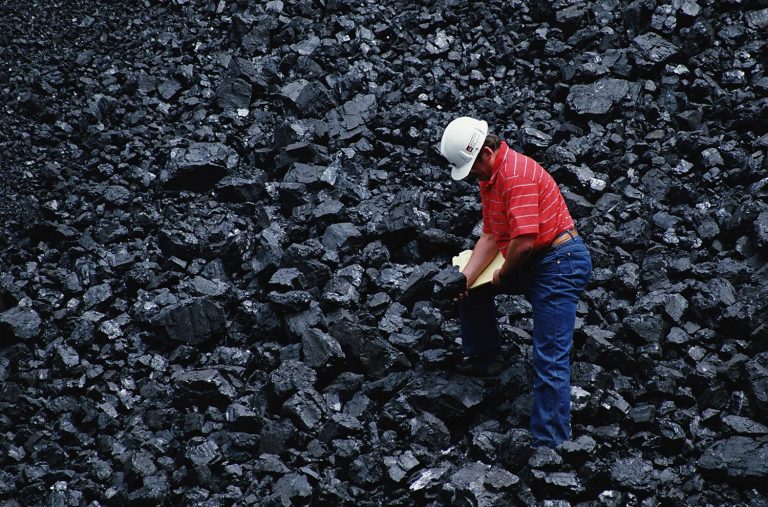Coal had a significant role in the Industrial Revolution. Iron was smelted using charcoal and wood as fuel. But even before that, in the 16th century, when there were less than 10 million people living there, wood was already becoming scarce in Britain.
Trees require a lot of space and are sluggish to grow new ones. You must burn more wood since it has a lower energy density than coal. Due to their vast wooded regions, South America, Russia, and Canada would have likely gained political dominance.
Without coal and oil, early chemists would have had to synthesize long-chain hydrocarbons from ethanol or vegetable oil, which would have been a considerably more difficult task. It would have been too expensive to utilize plastics and synthetic rubber for toys and throwaway packaging a great deal later.

Even worse, natural gas is required for the manufacturing of fertilizers that include ammonia. Without them, food production would require four times as much area, which would severely restrict population growth.
Since wind turbines and hydroelectric dams were already in operation in the 19th century and could have been developed to meet all of our demands, electrical power would still be quite feasible. But it would be very difficult to make electronics without plastic for insulation.
If there were computers, they would be enormous and rudimentary.
Because so much wood would be used for heat, cooking, and manufacturing, smog and soot would be considerably more of an issue, with atmospheric CO2 remaining at pre-industrial levels. Preventing sunlight from reaching the surface, might potentially result in a cooling of the temperature. The smaller geographical area could lead to more conflicts over territory, but because petrochemicals are also an essential component of high explosives, these conflicts would be fought with muskets and cannons. (Sciencefocus)
If so, don’t forget to post your thoughts in the comment section while sharing this article.
Find out more by engaging Buzzer.lk and Buzzer Science & Technology.




